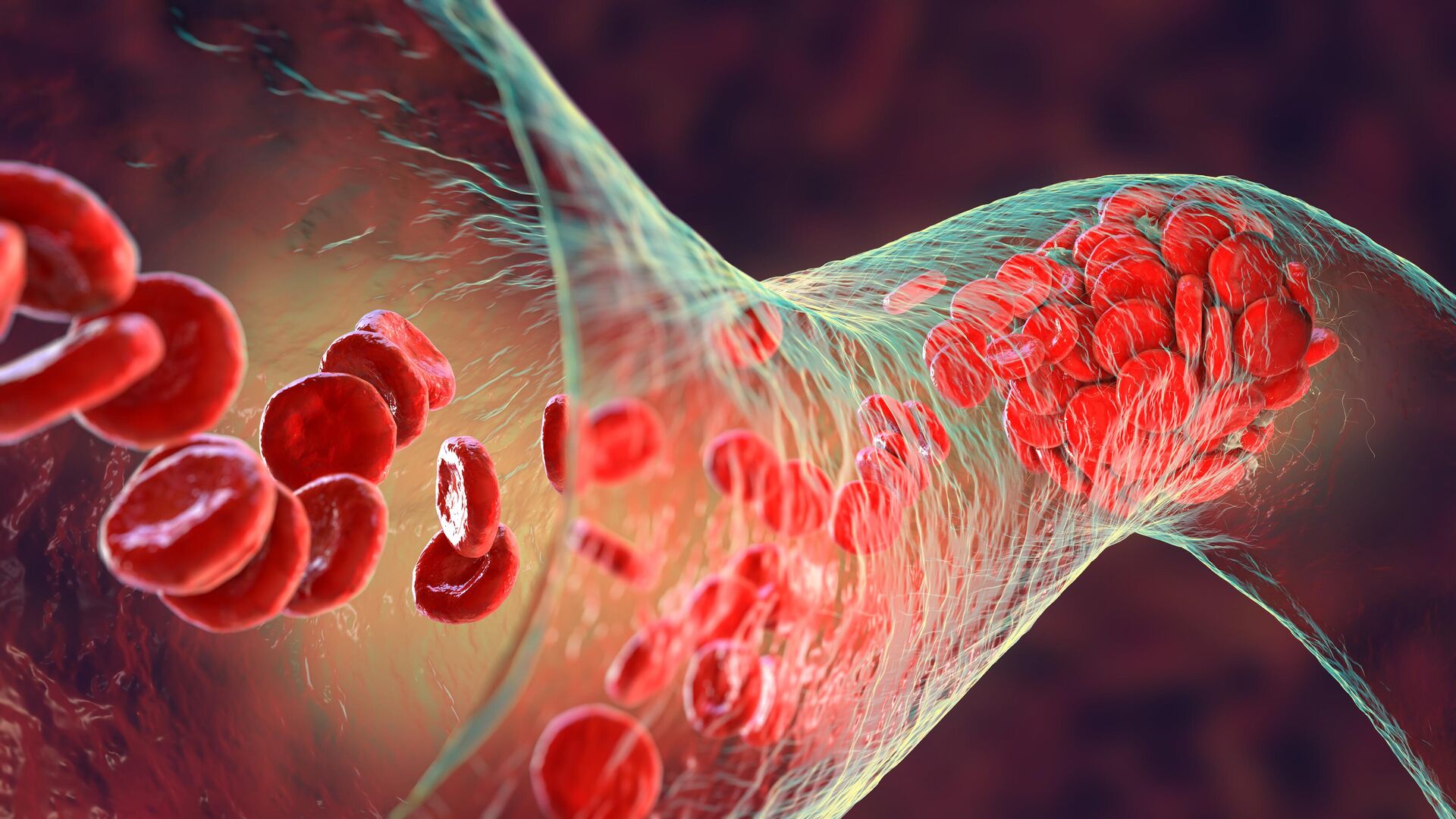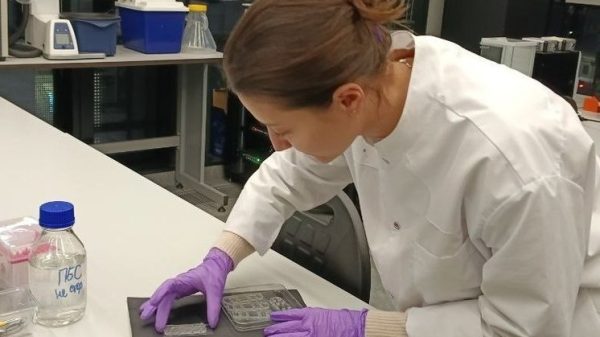
MOSCOW, February 5Russian geneticists have compiled a “metabolic portrait” of a special strain of rats with hereditary stress-sensitive hypertension. According to scientists, this is a step towards discovering markers of various mechanisms of increased blood pressure in humans. The results were published in the Vavilov Journal of Genetics and Breeding.
Hypertension is a complex disease both in terms of symptoms and causes: a chronic increase in blood pressure can be associated with salt retention in the body, the condition of the walls of blood vessels, disorders of glucose and /or lipid metabolism, reaction to psycho-emotional stress and other pathologies.
< /span>
All these reasons can be combined in a variety of combinations and lead to various complications. Therefore, today scientists all over the world are searching for special markers (indicators of each of the mechanisms of increasing blood pressure).
The Institute of Cytology and Genetics of the Siberian Branch of the Russian Academy of Sciences (ICiG SB RAS) has compiled a “metabolic portrait” of rats with hereditary stress-sensitive hypertension. This unique strain of rats, ISIAH, models exactly the type of hypertension that is most often found in humans: it combines hereditary predisposition and sensitivity to stress.
According to scientists, in the future, the results of such studies will make it possible to determine an individual set of causes of the disease using a person’s blood test and personalized therapy without resorting to the “trial and error” method. In addition, according to their estimates, “metabolic portraits”, which characterize the pathological state of the body from different angles, will help determine priority areas in the development of new drugs.
As reported at the Institute of Cytology and Genetics SB RAS, scientists at the institute took blood serum samples from rats and, using NMR spectroscopy, determined the concentrations of 56 metabolites (chemical compounds that are either intermediate or final products of metabolism in cells) in the samples.
< img src="/wp-content/uploads/2024/02/db71a7e0ec2a981a6f4e2e0f3f074532.jpg" media-type="photo" data-crop-ratio="0.666666666666667" data-crop-width="600" data-crop-height= "400" data-source-sid="istock-2024" class="lazyload" width="1920" height="1280" decoding="async" />
«Of the 56 metabolites detected, we identified those whose levels were increased or decreased compared to the control group (which included rats with normal blood pressure). We then analyzed their role in the body and identified those metabolites that in any way participate in the mechanisms of pressure regulation,” explained Alisa Seryapina, a researcher at the laboratory of evolutionary genetics at the Institute of Cytology and Genetics SB RAS.
According to her, it is these metabolites, the levels of which differ in hypertensive rats, that can be called potential biomarkers of the disease. “The results showed that these are some amino acids (valine, leucine, isoleucine) and myo-inositol, which are involved in the regulation of glucose metabolism; also betaine and tryptophan are indicators of the presence of an inflammatory process,” the biologist emphasized.
“Our results require further confirmation and clarification, so it is too early to talk about the introduction of metabolomic analysis into clinical practice; for now, the data obtained are of an informational nature,” she added.
At this stage, scientists are faced with the task of obtaining markers specific to stress-sensitive hypertension, excluding “intersection” based on certain characteristics with models of other types of this disease.
The study was supported by the Russian Science Foundation (project No. 22-25-20025) together with the Ministry of Science Novosibirsk region.





































































Свежие комментарии